In Part 1, we covered the preliminary work that goes into designing a brand-new product. The biggest takeaway here is that we have to sink our teeth into the problem before we set out trying to build a solution. Fostering a deep sense of empathy toward users, customers, and other stakeholders is critical to designing a product that stands apart from the rest.
Boil down the research, extract the real problem
Focus
Focus is one thing that often gets lost in the whirlwind of brainstorms and whiteboard sessions. As we boil down our research findings, we have to identify the key pain points that we are solving. In this case, less is more. We can't solve every problem, and nor should we try to do so.
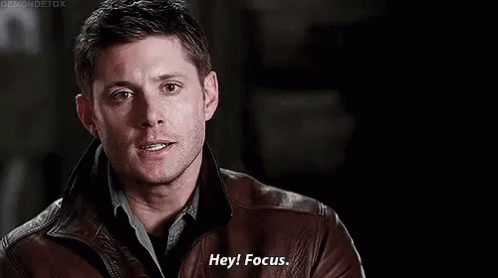
In the security industry, we found the critical point of tension was that there wasn't a closed loop system for security teams to respond to reported events. For most of our stakeholders, they used a variety of software and tools to identify, track, and report on issues in the field.
We set out to close this loop. Once an event is detected and reported, how can we make the dispatch and reporting features seamless for officers and operators?
Short-term goals with a long-term attitude
It's easy to get distracted when you hear "oh but what about this?" or "can we do this too?" and in these instances, we have to commit to our list of priorities. I like to keep a long-term plan in mind, but I emphasize working on a limited scope and adding new features very carefully.
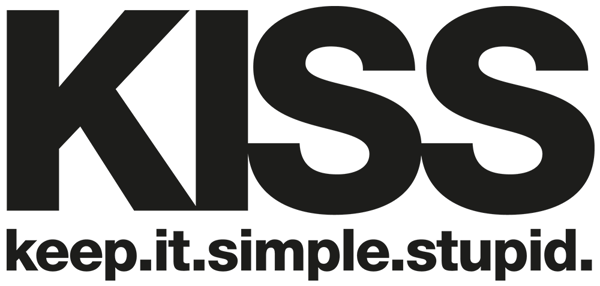
One of my favorite articles quotes, "Until you have your first few hundred thousand users, every feature you add must be an absolute necessity."
Build prototype, get feedback, rinse, and repeat
Wireframes
There's nothing that gets an idea across better than a prototype. When people can touch, click, and interact with an idea (rather than just an explanation), you get to see how it might work in the wild.
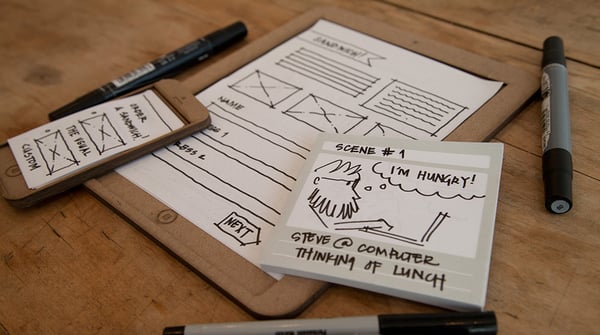
We build out these prototypes with empathy in the forefront of our minds. Especially with software, it's important that the design is consistent and intuitive. Our goal is to make a tool that gets users in and out as quickly as possible. Whether it's checking out video footage, exporting a video clip, or dispatching an officer, it's a success when they can accomplish that with minimal clicks and time spent.
Each wireframe tests new findings and hypotheses. We use each prototype to conduct small experiments with our users, with each iteration offering more insight into what the end product should look and feel like.
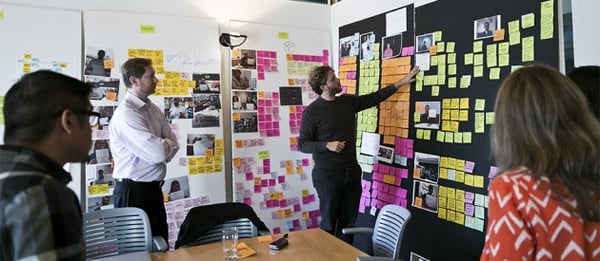
Specifications
Particular to software, it's important to document how all of the moving parts work together.
As the product manager (PM), I begin by designing each workflow interaction based on the particular use case and wireframes. We layer the user experience and interaction (UX/UI) on top of this workflow to illustrate how the product should look and feel. Finally, our engineers pull together specs on how the underbelly functions. This shows how modules should interact on the code/API level.
Iterations
Developing a structured feedback loop allows the team to systematically build and test prototypes. Especially with a smaller team, everyone has ownership over the product, and open communication and feedback sessions are the lifeline of this process.
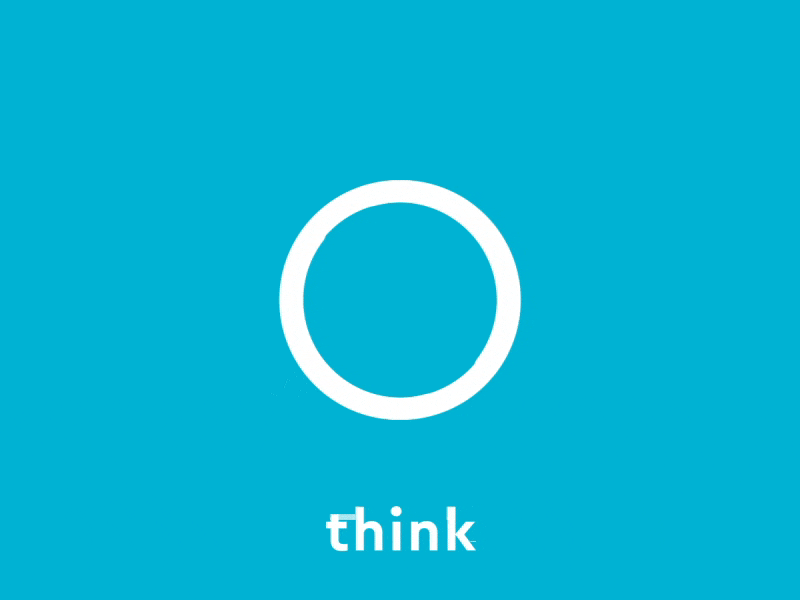
At Turing, we follow a 2-week release cycle. The team uses our products internally everyday - whether it's for testing new features or running client demos - and the quality assurance process becomes a community effort.
Beta testing
Once the beta version is ready, we ship the product to early-adopters and test users. At this point, we gather as much feedback as possible. The actual users will provide the most candid feedback and insights that we had never considered.
With this feedback, it's important to drill down a few layers to understand the root motivation behind a feature request. We often abide by the 5 Why's rule.

The wrap-up: move fast and design thoughtfully
In essence, the process of designing an unprecedented product starts and ends with feedback. As a product manager, it's my job to make these feedback loops as fast and effective as possible, and to design a system that supports the process.
We test our product incessantly to find any last-minute road blocks, and the team stands by when the product ships to ensure smooth sailing. When our latest release ships, there is a moment of excitement and relief (and maybe even a cheers 🥂).
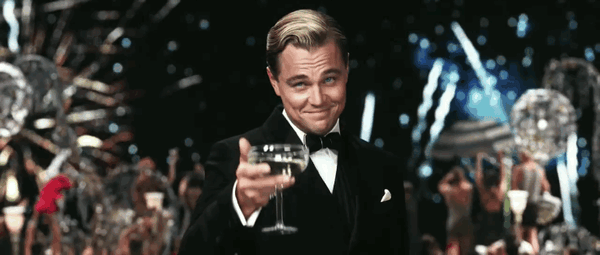
Then, it's back to the drawing board to prepare for the next launch.




